Scientific name Balaenoptera Phylum Chordata Rank Genus | Order Artiodactyla Family Balaenopteridae Higher classification Balaenopterinae | |
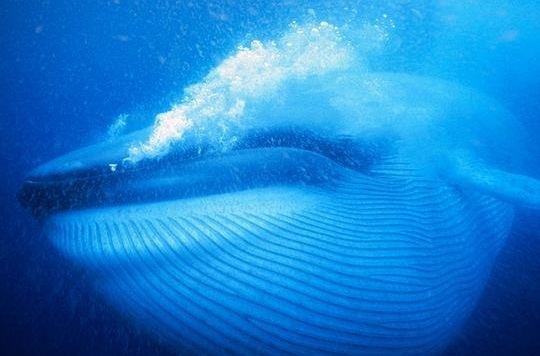 | ||
Lifespan Blue whale: 80 – 110 years Lower classifications | ||
Balaenoptera musculus abz
Balaenoptera, from the Latin balaena (whale) and pteron (fin), is a genus of Balaenopteridae, the rorquals, and contains eight extant species. The species Balaenoptera omurai was published in 2003. Balaenoptera is a diverse genus and comprises all but one of the extant species in its family - the other species is the humpback whale, Megaptera novaeangliae.
Contents
- Balaenoptera musculus abz
- Balaenoptera omurai omura s whale
- Taxonomy
- Fossil species
- Balaenoptera bertae
- Balaenoptera cephalus
- Balaenoptera colcloughi
- Balaenoptera cortesii
- Balaenoptera davidsonii
- Balaenoptera ryani
- Balaenoptera siberi
- Balaenoptera sursiplana
- Balaenoptera taiwanica
- References
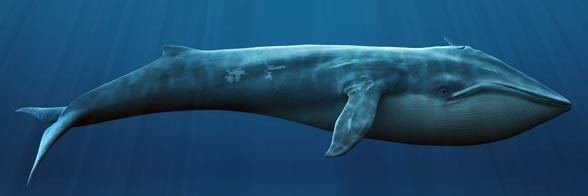
This genus is known in the fossil records from the Neogene to the Quaternary (age range: from 13.65 to 0.0 million years ago).
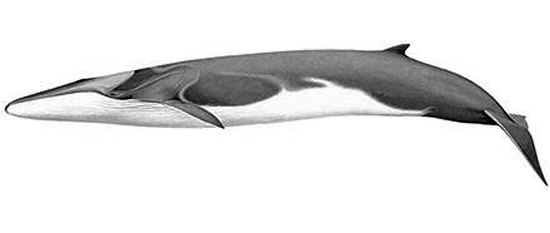
Balaenoptera omurai omura s whale
Taxonomy
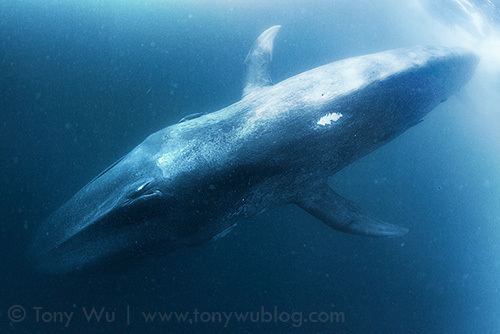
Fossil species
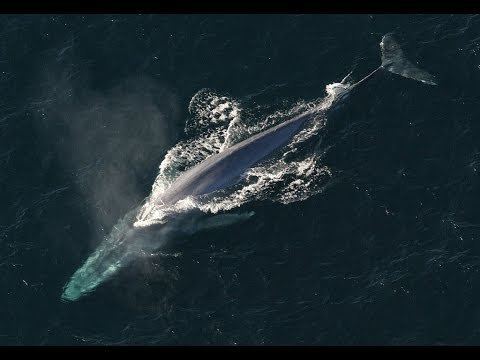
Many fossil Balaenoptera species have been described. Some (namely "B. borealina", "B. definata", "B. emarginata", "B. gibbosa", "B. minutis", "B. rostratella", "B. sibbaldina", and "B. similis") are either nondiagnostic, highly fragmentary, or had no holotype specimen named, hence are considered nomina dubia. The species "Megaptera" hubachi may in fact be a species of Balaenoptera, and is certainly not a member of Megaptera. The valid fossil species of Balaenoptera are:
†Balaenoptera bertae
B. bertae is a relatively small species from the Upper Miocene to Upper Pliocene of California.
†Balaenoptera cephalus

B. cephalus was originally thought to be a species of Eschrichtius (gray whales) or Cetotherium, but more recent analysis shows it to be a member of Balaenoptera.
†Balaenoptera colcloughi
B. colcloughi is known from four specimens, including four skulls and some postcranial remains, found at the San Diego Formation. It was a close relative of Megaptera novaeangliae (the humpback whale), B. siberi, and B. physalus (the fin whale).
†"Balaenoptera" cortesii
"B." cortesii is a small species; it probably represents a distinct, unnamed genus of balaenopterid. A larger variant, called "B." cortesii var. portisi is probably also a distinct genus, and may be the same genus or species as Cetotheriophanes capellinii. The species "B. floridana" is indistinguishable from "B." cortesii var. portisi.
†Balaenoptera davidsonii
Like B. cephalus, B. davidsonii was originally classified under Eschrichtius, but it has since been moved to Balaenoptera. It was native to the Pliocene San Diego Formation. The only known fossil of B. davidsonii is a fragment of the left dentary.
†"Balaenoptera" ryani
"B" ryani represents genus of basal balaenopterid distinct from Balaenoptera.
†Balaenoptera siberi
B. siberi is known from two complete skeletons, its affinity with the genus Balaenoptera has been questioned.
†Balaenoptera sursiplana
B. sursiplana is a fragmentary species, based on a single fossil bulla.
†Balaenoptera taiwanica
Named after Taiwan, where the fossils were found, B. taiwanica is based on a single tympanic bone, which is similar to that of B. physalus, the fin whale.
